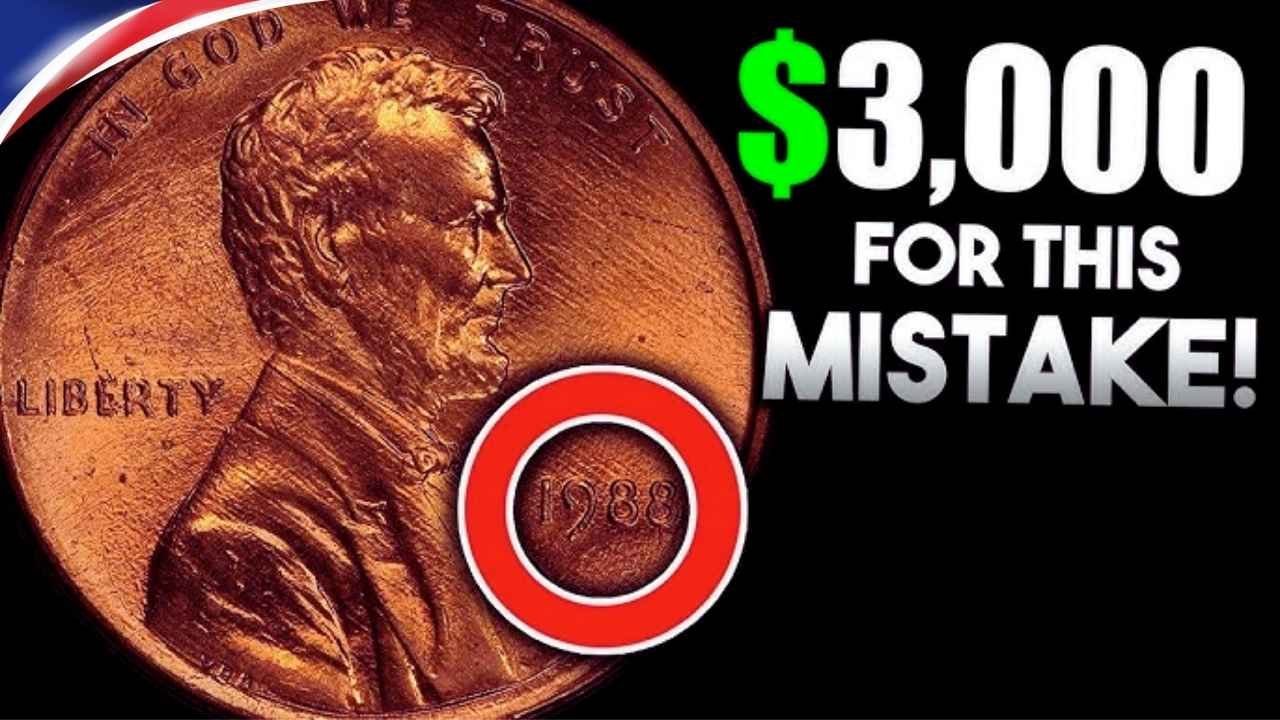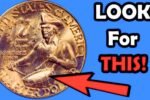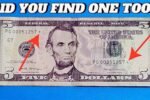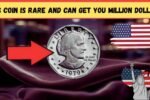A Coin Worth a Fortune
Imagine finding a dollar coin in your pocket that’s worth $150,000! A rare 2000-P Sacagawea Dollar with a mule error sold for this huge amount at a recent auction, making headlines in the coin collecting world. This coin, known as a “mule,” is a minting mistake where two different coin designs are accidentally combined. With only about 20 known examples, it’s one of the rarest modern U.S. coins, and collectors are eager to get their hands on it. This golden dollar could still be hiding in your change, waiting to be discovered.
What Makes It a Mule Error?
A mule error happens when the U.S. Mint uses the wrong dies to strike a coin, pairing designs that don’t belong together. For the 2000-P Sacagawea Dollar, the front (obverse) shows George Washington from a State Quarter, while the back (reverse) has the Sacagawea Dollar’s soaring eagle. It was struck on a golden dollar planchet, making it look like a dollar but with a quarter’s face. This mix-up happened at the Philadelphia Mint in 2000, likely because the quarter and dollar dies were similar in size (24.3 mm vs. 26.5 mm), causing a rare mistake that slipped past quality checks.
Why It’s So Valuable
The $150,000 price tag comes from the coin’s extreme rarity and unique story. Only around 20 of these mule errors are known, with some found in everyday places like bank rolls or cash registers. First discovered in May 2000 by Frank Wallis in Arkansas, the coin sparked a frenzy after selling for $29,900. Since then, prices have soared, with one fetching $194,062.50 in 2024. High-grade examples, like those rated MS-66 or higher by PCGS, command top dollar due to their pristine condition and historical significance as the first U.S. mule error in circulation.
| Specification | Details |
|---|---|
| Year | 2000 |
| Mint Mark | “P” (Philadelphia) |
| Obverse | Washington Quarter (George Washington) |
| Reverse | Sacagawea Dollar (Soaring Eagle) |
| Value | Up to $150,000+ |
How to Spot This Rare Coin
Think you might have one? Check your 2000-P Sacagawea Dollars carefully. Here’s what to look for:
- Front: George Washington’s portrait, like on a quarter, with “LIBERTY” and “IN GOD WE TRUST.”
- Back: The Sacagawea Dollar’s eagle design with “ONE DOLLAR.”
- Color: Golden hue, like a Sacagawea Dollar, not silver like a quarter.
- Edge: Smooth, not reeded like a quarter.
- Mint Mark: A “P” on the front, below “IN GOD WE TRUST.”
If you find a match, don’t clean it, as this can lower its value. Contact a grading service like PCGS or NGC for authentication.
A Piece of Minting History
The Sacagawea Dollar, launched in 2000 to honor the Shoshone woman who aided the Lewis and Clark expedition, was meant to replace the Susan B. Anthony Dollar. Its golden color and new design made it stand out, but this mule error made it legendary. The mistake likely happened during a die mix-up in the Philadelphia Mint, and despite efforts to destroy them, a few escaped into circulation. This coin’s story, blending human error and historical significance, makes it a collector’s dream and a reminder of the Mint’s rare slip-ups.
Could You Have a Treasure?
The 2000-P Sacagawea mule error is a thrilling find for collectors and anyone with spare change. With values ranging from $50,000 to over $150,000, it’s a modern treasure hunt. Check your coin jars, wallets, or old rolls from 2000. Even if you don’t find this mule, other Sacagawea errors, like the “Cheerios” dollar with detailed tail feathers, can be worth thousands. So, next time you see a golden dollar, take a second look, it could be your ticket to a big payday.



